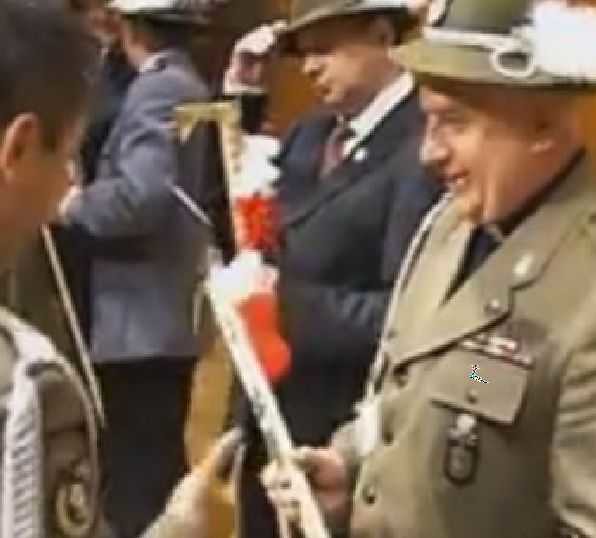Southern Poland too. Carpathian mountians anyway.
Several folkdances were created with this axe an integral part of the action.
Its staggering the jumps & syncronised flailing about some of these dancers can do without clobbering each other. I expect one can find Youtubes of guys dancing these things.
These axes were used in a more or less continuos area with Hungary at its center, and until the end of WWI these areas were practically all part of the Austro-Hungarian Empire: today’s Hungary, Northern Serbia (Voivodina), parts of Croatia, Banat (Romania and Serbia), Transylvania (Romania), Slovakia, Southern Poland, Ruthenia & Zakarpatie (Ukraine).
The term ‘valashka’ comes from ‘Valachia’ or ‘Walachia/Wallachia’, the medieval name of the region south of the Carpathian Mountains and north of the Danube River, the place of the first Romanian states. The name ‘valashka’ indicates that the shepherd’s axe in the predominantly Slavic regions was likely introduced by Romanian (Valachian) transhumance shepherds, who were moving with their livestock in the summer into the Carpathian Mountains and the areas around them.
While the fokos remained in continuos use in Hungary until the very end of the 19th Century and it is still recognized as a quintessential Hungarian weapon/tool, the Hungarian herdsmen did not migrate with their livestock high into the mountains, that was done mostly by the Valachians (Romanians), and not only in Austro-Hungary but also (and originally) in the Balkans (today’s Bulgaria, Macedonia, Albania, Greece and Turkey).
The first Romanian states were - in part - founded by Cumanian warrior elites who ruled over the local Romanian population and influenced their way of life too.
https://en.wikipedia.org/wiki/Cumans
The fokos was part of the weapons used by many medieval steppe horsemen warriors: Bulgars, Magyars (Hungarians) and also the Cumans, so the Romanians, who lived in all of the states founded by Bulgars, Magyars and Cumans, could have adopted the fokos during the long centuries of interacting with those steppe warriors, and in turn, it became associate with them to the extent that it was named after them in the mountainous Slavic lands they ventured eventually.






